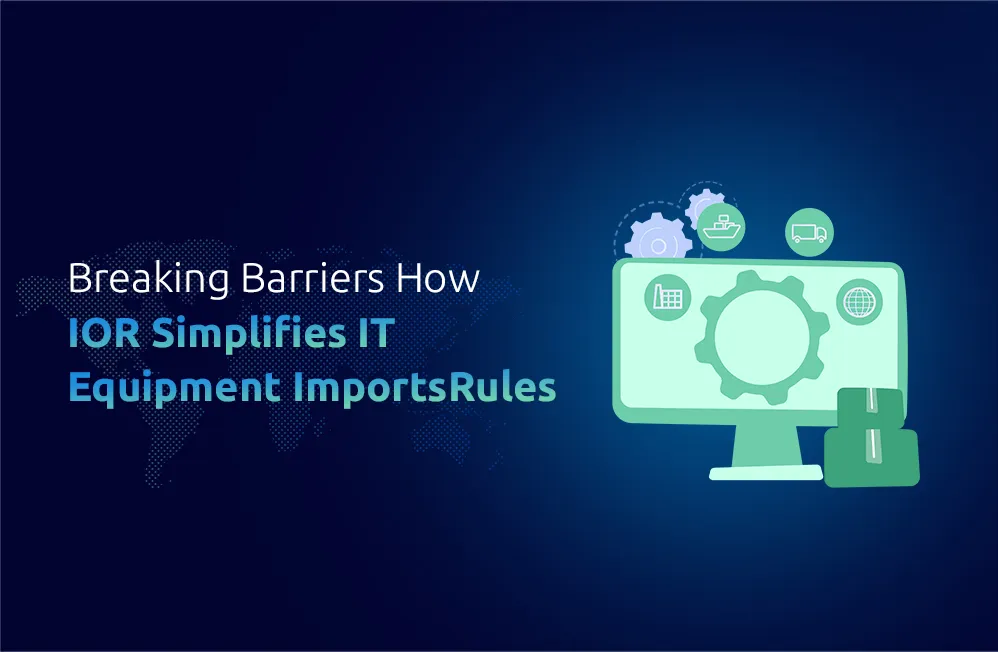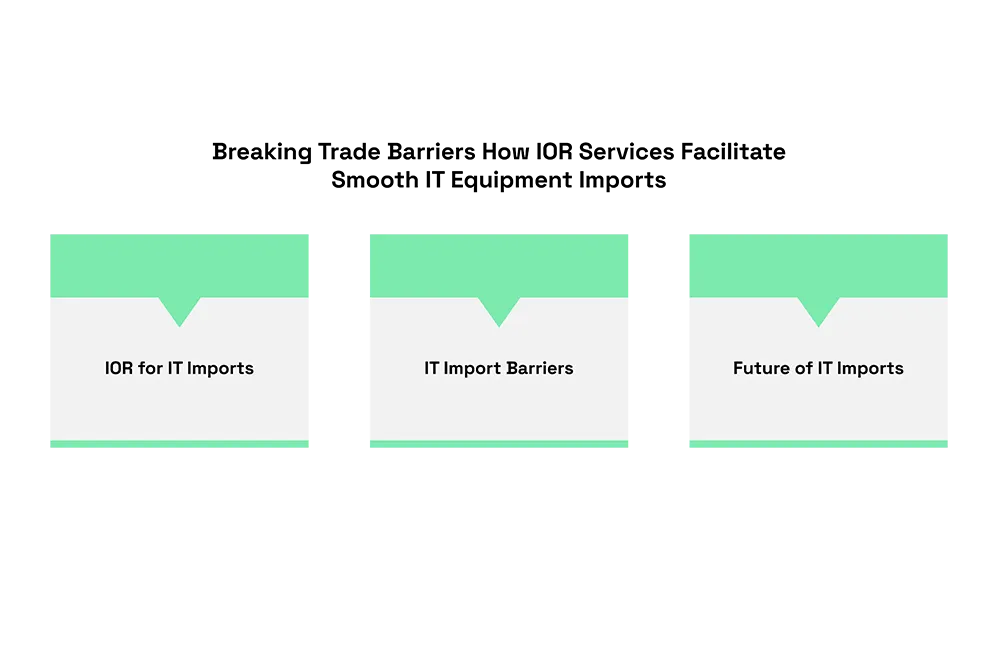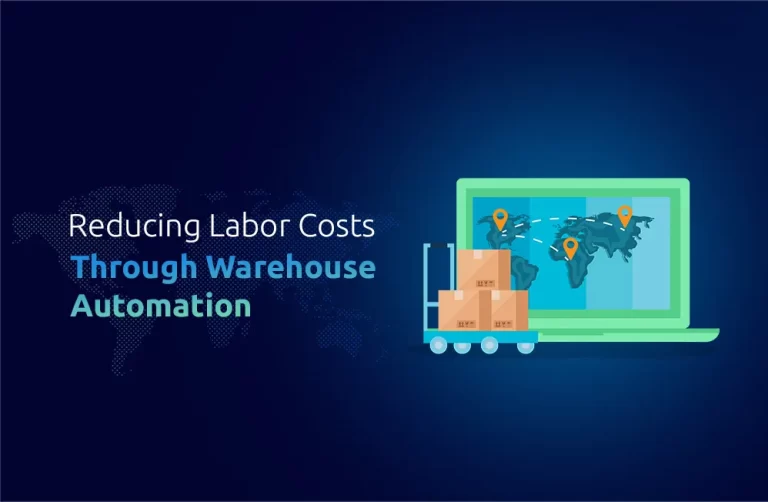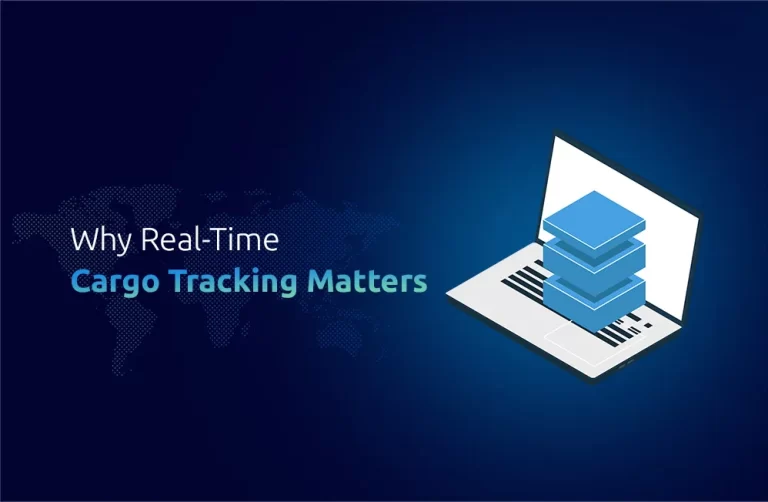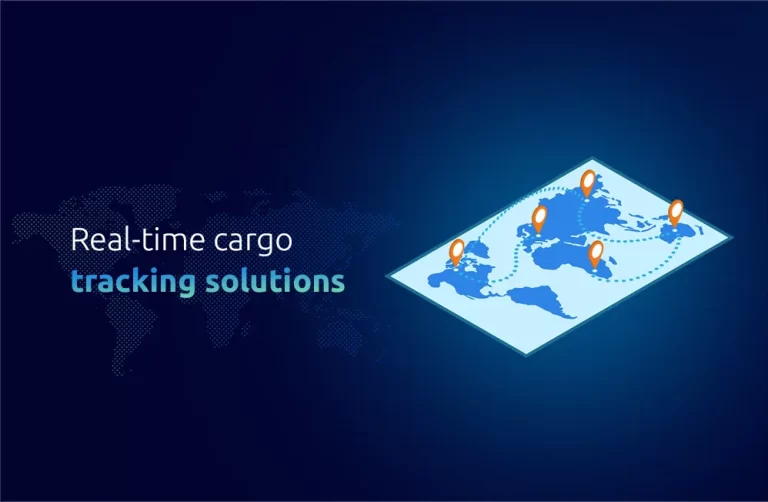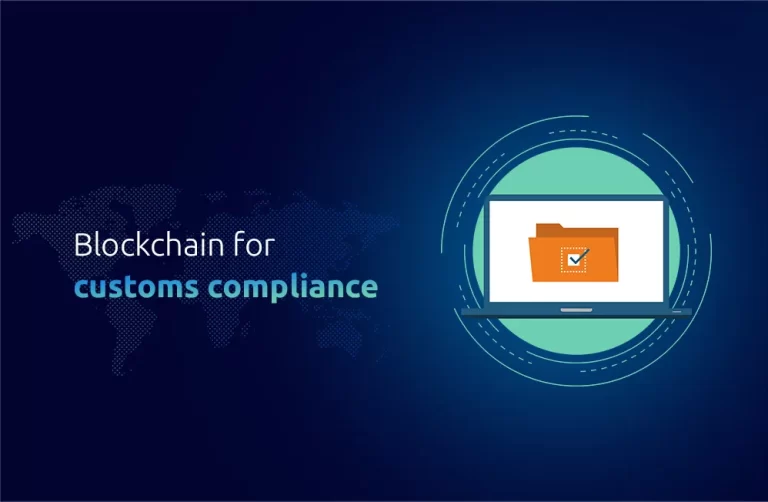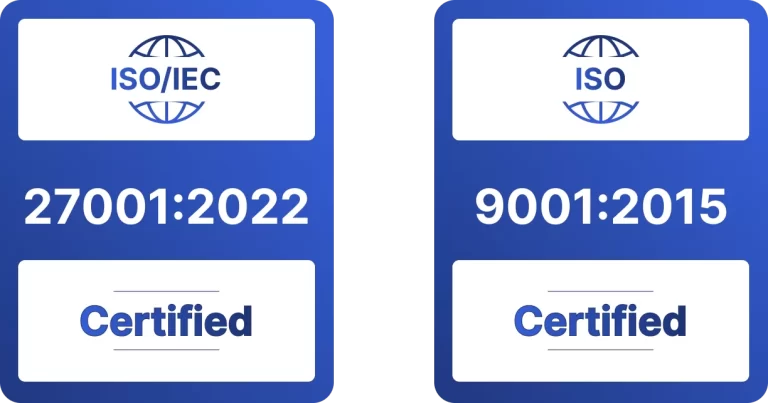Insight
The importation of IT equipment by businesses from international trade requires firms to handle a complex network based on logistics systems and different customs regulations and tariff structures. Businesses face significant challenges when they need to handle international shipping as well as all compliance standards that apply. The import of IT equipment becomes streamlined through Importer of Record (IOR) services. Importer of Record services operates to help shipments clear customs properly with complete adherence to legal regulations and requirements. Importer of Record services handles essential import operations that protect businesses from administrative burdens and financial consequences, leading to better international trade practices. This article describes the role of Importer of Record services in IT equipment imports while discussing Harmonized Tariff Schedule operations and essential coordination responsibilities.
Understanding Importer of Record Services
The central element of international importation relies on the Importer of Record to perform their responsibilities. The Importer of Record (IOR) ensures complete fulfillment of all rules during international goods importation. The Importer of Record executes various duties spanning from tariff payments to accurate documentation submission and local regulation adherence. Businesses importing information technology equipment need the Importer of Record to validate product compliance with the Generalized System of Preferences (GSP) and HS code requirements. The customs declaration process requires the HS code to determine specific regulations and tariffs on imported products. Organizations need to comprehend the HTS harmonized tariff schedule to achieve proper classification and handling of their imported goods.
The Role of Logistics and Tariffs
Transport operations are a fundamental requirement in all international trade deals. The proper association of supply chains is essential in handling large shipments of valuable products such as IT equipment. An Incoterm DDP allows importer to enjoy full-cost coverage during shipment by the seller until the bought goods reach their final destination. Two more Incoterms exist as DAP (Delivered at Place) and DAPS (Delivered at Place, Seller’s Responsibility). These terms set out which party will take charge of logistics operations. The understanding of these terms, together with their effects on tariffs, enables businesses to select appropriate shipping options for their requirements.
When importing IT equipment, the IOR must prepare for aircraft on-ground events because such situations require immediate action for unresolved customs problems or unexpected delays. Delayed delivery times can trigger expensive stoppages within production lines and extend the duration of important operational processes. The formation of a quick response team allows experienced service providers to resolve issues that disrupt operations.
Importer of Record vs Consignee
Settlement of import clearance demands understanding between the importer of record and the consignee evaluations. The goods being transported are shipped to their recipient, known as the consignee, who receives them most frequently as the final user. The IOR handles custom clearance operations and essential paperwork duties to ensure proper clearance of consigned goods despite the consignee accepting delivery.
Understanding this distinction is key because, without an IOR, companies may be held accountable for customs violations and penalties. The IOR’s responsibilities include ensuring compliance with regulations like the ECCN (Export Control Classification Number), which is required when importing certain items, especially those with potential military applications.
How IOR Services Simplify the Supply Chain
The importation of IT equipment is more than just transporting equipment from one location to another. It’s about ensuring that the entire supply chain is managed efficiently, with minimal disruptions. One Union Solutions IOR services play a vital role in streamlining the supplier relationship management process. IOR services enable businesses to get equipment delivered on schedule with complete customs conformity. The experts at IOR service providers manage DDP shipping operations to make import customs payments upfront before delivery so clients experience no unexpected charges upon delivery.
IOR services handle import-duty complications and customs-tax dynamics to liberate business operations from tedious international-trade documentation requirements. IOR service providers with experience ensure all stages of international trade proceed without delays through their relationship management skills.
Key Hubs for IT Equipment Imports
The global landscape for importing IT equipment has evolved, with key hubs around the world handling the bulk of imports. For example, the largest importer of the world, the United States, has major entry points like the Port of Los Angeles, which serves as a key hub for imports of all kinds, including IT and technology equipment. Other key hubs include Singapore, which has become a critical center for IT imports due to its strategic location and highly efficient port. These hubs facilitate the efficient handling of logistics and ensure that goods arrive promptly and in good condition. The proximity of these hubs to major tech markets allows businesses to quickly distribute imported equipment, reducing the overall time to market.
How IOR Services Benefit IT Equipment Imports
Simplified Tariff Management: IOR services help navigate the complexities of international tariffs. By understanding the nuances of the HTS harmonized tariff and utilizing GSP benefits, businesses can minimize costs associated with customs duties and taxes.
Compliance with Local Regulations: IT equipment imports are subject to a wide range of local regulations. The IOR ensures that all required documents are filed, and that the equipment meets all necessary standards, such as the ECCN for certain sensitive goods.
Streamlined Logistics: IOR services help manage the logistical aspect of IT equipment imports, from DDP shipping to ensuring that goods are delivered without delays. Efficient supply chain management ensures that the equipment reaches it’s destination in a timely manner.
Risk Mitigation: The IOR appointed to handle importer obligations ensures the buyer remains shielded from possible customs violations as well as penalties.
Global Network of Suppliers: The worldwide supplier network maintained by IOR services results in efficient transactions with international suppliers. The established supplier network allows businesses to obtain necessary equipment promptly and at their predefined budget constraints.
Did You Know,
New data from governing institutions shows the United States continues to be the global leader in imports despite a yearly value of over $300 billion for technology and IT products.
FAQ’s
1. What responsibility does the Importer of Record play during imports?
Ans: Importer of Record bears responsibility for fulfilling two key duties: ensuring the compliance of imported goods with laws while handling tax obligations and document submission.
2. What are the advantages of using IOR services for IT equipment imports?
Ans: IOR services simplify the import process by managing tariffs, ensuring compliance with regulations, & handling the logistics involved in importing IT equipment.
3. How does the Incoterm DDP affect IT equipment imports?
Ans: DDP means the seller takes responsibility for paying all import duties and taxes. This simplifies the process for the buyer, as there are no additional costs upon delivery.
4. How does the HS code impact the import process?
Ans: The HS code helps classify products for customs, determining tariffs and any restrictions. Ensuring that IT equipment has the correct HS code is crucial to avoiding customs issues.
5. What is the difference between the Importer of Record & the consignee?
Ans: As a legal requirement of importing goods the Importer of Record performs customs procedures & assumes legal responsibilities yet the consignee remains a recipient of goods.

